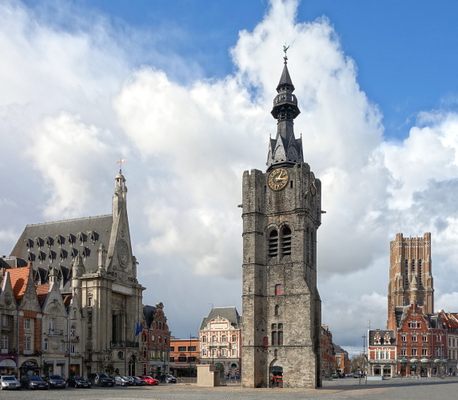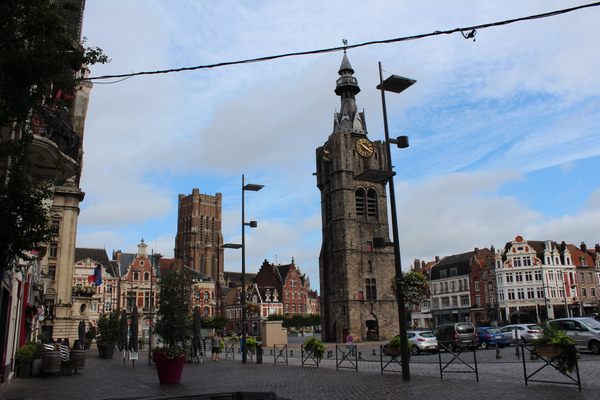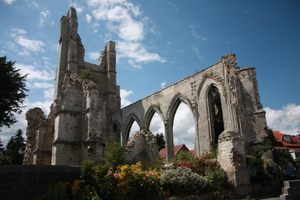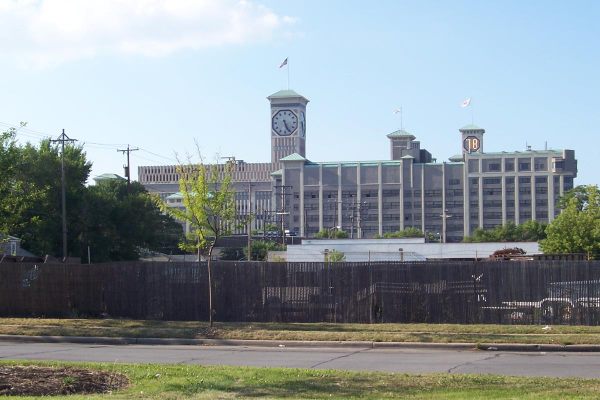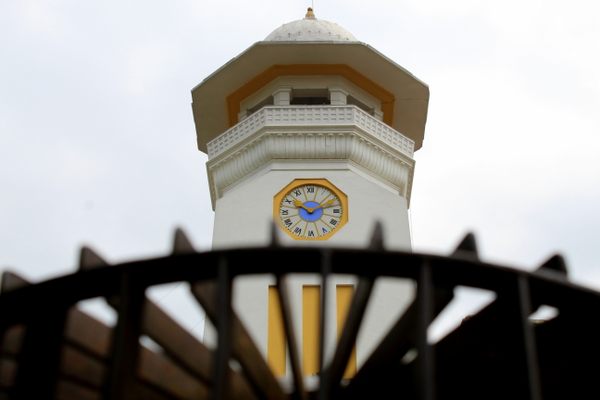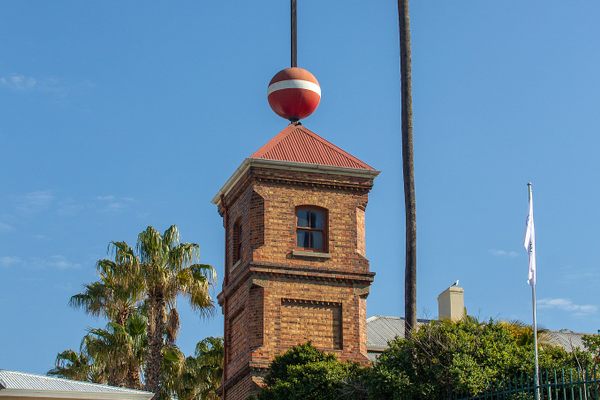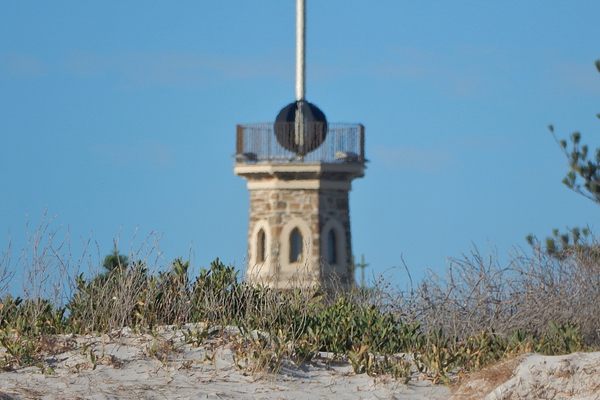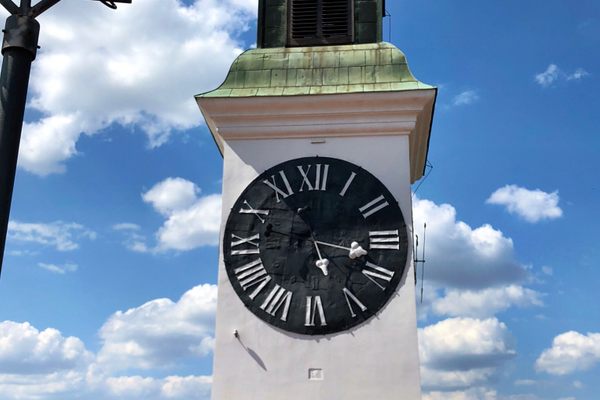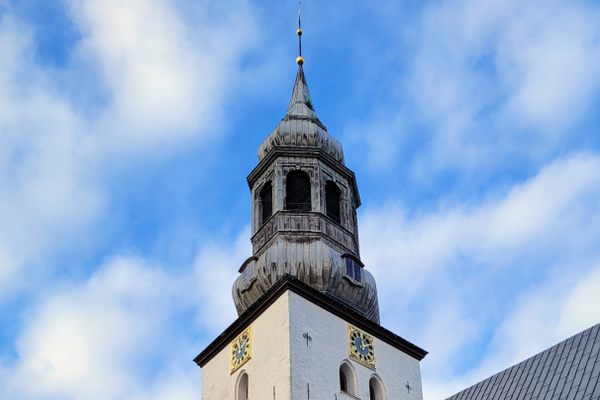About
In the middle of the main square in Béthune stands a 47-meter (154-foot) belfry that was built from wood in 1346, then rebuilt from sandstone in 1388. The monumental structure survived two world wars, even though the town around it was nearly destroyed.
You can hear three different melodies played on its carillon at every hour, half-hour, and quarter-hour during the day. One is a traditional Northern French song, "Le Petit Quinquin" ("My Little Darling"), another is "Il Court, Il Court le Furet" (It Runs, It Runs, the Ferret"), a satirical French song. On the top of the campanile, the weathercock is a dragon named Beffy.
In the spring of 1918, as the end of World War I drew near, German High Command carried out a series of attacks at various places along the Western Front that became known as the Spring Offensive. They bombarded Béthune's town center, which burned for more than four days. Though many of the buildings around the main square were destroyed, the sandstone bell tower remained standing with minimal damage.
A local story holds that Béthune's belfy helped inspire another famous tower. J.R.R. Tolkien was stationed in France during World War I, and his experiences on the Western Front inspired many elements of The Lord of the Rings. Some say that a visit to Béthune during the war and the belfry served as inspiration for The Two Towers.
Related Tags
Community Contributors
Added By
Published
November 12, 2021
Sources
- https://www.nytimes.com/2016/07/03/opinion/sunday/how-jrr-tolkien-found-mordor-on-the-western-front.html
- https://tropter.com/en/france/metropolitan-france/bethune/belfry-of-bethune
- http://www.remembrancetrails-northernfrance.com/trails/post-war-reconstruction/town-hall-belfry-and-main-square-of-bethune.html
- https://en.wikipedia.org/wiki/B%C3%A9thune
